[1] Leng, H., Yan, T., & Yan, Q. (2022). Research progress on mental health effect of blue-green space and its enlightenments. Urban Planning International, 37(2), 34–43, 52.
[2] Fu, X., Zhang, K., Chen, X., & Chen, Z. (2023). Report on National Mental Health Development in China (2021–2022). Social Sciences Academic Press (China).
[3] United Nations. (2015). Transforming our world: The 2030 Agenda for Sustainable Development.
[4] Mills, C. (2018). From ‘invisible problem’ to global priority: The inclusion of mental health in the Sustainable Development Goals. Development and Change, 49(3), 843–866.
[5] Volker, S., & Kistemann, T. (2011). The impact of blue space on human health and well-being—Salutogenetic health effects of inland surface waters: A review. International Journal of Hygiene and Environmental Health, 214(6), 449–460.
[6] Smith, N., Georgiou, M., King, A. C., Tieges, Z., Webb, S., & Chastin, S. (2021). Urban blue spaces and human health: A systematic review and meta-analysis of quantitative studies. Cities, (119), 103413.
[7] Kummu, M., de Moel, H., Ward, P. J., & Varis, O. (2011). How close do we live to water? A global analysis of population distance to freshwater bodies. PloS ONE, 6(6), e20578.
[8] White, M. P., Elliott, L. R., Gascon, M., Roberts, B., & Fleming, L. E. (2020). Blue space, health and well-being: A narrative overview and synthesis of potential benefits. Environmental Research, (191), 110169.
[9] Zhang, J., Yu, Z., & Zhao, B. (2020). Impact mechanism of urban green spaces in promoting public health: Theoretical framework and inspiration for practical experiences. Landscape Architecture Frontiers, 8(4), 104–113.
[10] Garrett, J. K., Clitherow, T. J., White, M. P., Wheeler, B. W., & Fleming, L. E. (2019). Coastal proximity and mental health among urban adults in England: The moderating effect of household income. Health & Place, (59), 102200.
[11] Subiza-Perez, M., Vozmediano, L., & San Juan, C. (2020). Green and blue settings as providers of mental health ecosystem services: Comparing urban beaches and parks and building a predictive model of psychological restoration. Landscape and Urban Planning, (204), 103926.
[12] McDougall, C. W., Hanley, N., Quilliam, R. S., Bartie, P. J., Robertson, T., Griffiths, M., & Oliver, D. M. (2021). Neighbourhood blue space and mental health: A nationwide ecological study of antidepressant medication prescribed to older adults. Landscape and Urban Planning, (214), 104132.
[13] White, M. P., Pahl, S., Wheeler, B. W., Depledge, M. H., & Fleming, L. E. (2017). Natural environments and subjective wellbeing: Different types of exposure are associated with different aspects of wellbeing. Health & Place, (45), 77–84.
[14] Zhang, L., Zhou, S., Kwan, M.-P., & Shen, M. (2021). Assessing individual environmental exposure derived from the spatiotemporal behavior context and its impacts on mental health. Health & Place, (71), 102655.
[15] Liu, Y., Wang, R., Lu, Y., Li, Z., Chen, H., Cao, M., … & Song, Y. (2020). Natural outdoor environment, neighbourhood social cohesion and mental health: Using multilevel structural equation modelling, streetscape and remote-sensing metrics. Urban Forestry & Urban Greening, (48), 126576.
[16] White, M., Smith, A., Humphryes, K., Pahl, S., Snelling, D., & Depledge, M. (2010). Blue space: The importance of water for preference, affect, and restorativeness ratings of natural and built scenes. Journal of Environmental Psychology, 30(4), 482–493.
[17] Gascon, M., Sanchez-Benavides, G., Dadvand, P., Martinez, D., Gramunt, N., Gotsens, X., … & Nieuwenhuijsen, M. (2018). Long-term exposure to residential green and blue spaces and anxiety and depression in adults: A cross-sectional study. Environmental Research, (162), 231–239.
[18] White, M. P., Alcock, I., Wheeler, B. W., & Depledge, M. H. (2013). Coastal proximity, health and well-being: Results from a longitudinal panel survey. Health & Place, (23), 97–103.
[19] Hermanski, A., McClelland, J., Pearce-Walker, J., Ruiz, J., & Verhougstraete, M. (2022). The effects of blue spaces on mental health and associated biomarkers. International Journal of Mental Health, 51(3), 203–217.
[20] Roberts, H., & Helbich, M. (2021). Multiple environmental exposures along daily mobility paths and depressive symptoms: A smartphone-based tracking study. Environment International, (156), 106635.
[21] Boers, S., Hagoort, K., Scheepers, F., & Helbich, M. (2018). Does residential green and blue space promote recovery in psychotic disorders? A cross-sectional study in the Province of Utrecht, The Netherlands. International Journal of Environmental Research and Public Health, 15(10), 2195.
[22] Borenstein, M., Hedges, L. V., Higgins, J. P. T., & Rothstein, H. R. (2013). Introduction to Meta-Analysis (G. Li, M. Wu, & X. Yu, Trans.). Science Press.
[23] Yang, C., Tan, S., Gao, Y., Dong, M., & Chen, L. (2023). A study on the effects of urban green space on residents’ health based on meta-analysis. City Planning Review, 47(6), 1–21.
[24] Chen, Z., Zhai, X., Ye, S., Zhang, Y., & Yu, Y. (2016). A meta-analysis of restorative nature landscapes and mental health benefits on urban residents and its planning implication. Urban Planning International, 31(4), 16–26, 43.
[25] Sarkar, C., & Webster, C. (2017). Urban environments and human health: Current trends and future directions. Current Opinion in Environmental Sustainability, (25), 33–44.
[26] Xia, S., Zhang, T., Xu, S., & Liu, Q. (2020). Evaluation on neighborhood health performance: A post-occupancy evaluation approach based on socioecological models. Urban Development Studies, 27(2), 24–30.
[27] Bratman, G. N., Anderson, C. B., Berman, M. G., Cochran, B., de Vries, S., Flanders, J., … & Daily, G. C. (2019). Nature and mental health: An ecosystem service perspective. Science Advances, 5(7), eaax0903.
[28] Yang, C., Tan, S., & Dong, M. (2021). Urban green space health influence based on ESs: Service function, connotation and mechanism. Chinese Landscape Architecture, 37(3), 32–37.
[29] Kaplan, S. (1995). The restorative benefits of nature: Toward an integrative framework. Journal of Environmental Psychology, 15(3), 169–182.
[30]Kaplan, S., & Talbot, J. F. (1983). Psychological Benefits of a Wilderness Experience. In: Behavior and the Natural Environment. Plenum Press.
[31] Kellert, S. R., & Wilson, E. O. (Eds.). (1993). The Biophilia Hypothesis. Island Press.
[32] Garrett, J. K., White, M. P., Huang, J., Ng, S., Hui, Z., Leung, C., … & Wong, M. C. S. (2019). Urban blue space and health and wellbeing in Hong Kong: Results from a survey of older adults. Health & Place, (55), 100–110.
[33] Triguero-Mas, M., Gidlow, C. J., Martinez, D., de Bont, J., Carrasco-Turigas, G., Martinez-Iniguez, T., … & Nieuwenhuijsen, M. J. (2017). The effect of randomised exposure to different types of natural outdoor environments compared to exposure to an urban environment on people with indications of psychological distress in Catalonia. PloS ONE, 12(3), e0172200.
[34] Nicolosi, V., Wilson, J., Yoshino, A., & Viren, P. (2021). The restorative potential of coastal walks and implications of sound. Journal of Leisure Research, 52(1), 41–61.
[35] Pasanen, T. P., White, M. P., Wheeler, B. W., Garrett, J. K., & Elliott, L. R. (2019). Neighbourhood blue space, health and wellbeing: The mediating role of different types of physical activity. Environment International, (131), 105016.
[36] Triguero-Mas, M., Dadvand, P., Cirach, M., Martinez, D., Medina, A., Mompart, A., … & Nieuwenhuijsen, M. J. (2015). Natural outdoor environments and mental and physical health: Relationships and mechanisms. Environment International, (77), 35–41.
[37] Guan, P., Xu, X., Xu, N., & Wang, W. (2020). Analyses of the impact of built environment factors of small public green spaces on public health—A case study on the old city center of Nanjing, Jiangsu Province. Landscape Architecture Frontiers, 8(5), 76–92.
[38] Van Den Bogerd, N., Elliott, L. R., White, M. P., Mishra, H. S., Bell, S., Porter, M., … & Fleming, L. E. (2021). Urban blue space renovation and local resident and visitor well-being: A case study from Plymouth, UK. Landscape and Urban Planning, (215), 104232.
[39] Korpela, K. M., Ylen, M., Tyrvainen, L., & Silvennoinen, H. (2010). Favorite green, waterside and urban environments, restorative experiences and perceived health in Finland. Health Promotion International, 25(2), 200–209.
[40] Huynh, Q., Craig, W., Janssen, I., & Pickett, W. (2013). Exposure to public natural space as a protective factor for emotional well-being among young people in Canada. BMC Public Health, (13), 407.
[41] White, M. P., Pahl, S., Ashbullby, K., Herbert, S., & Depledge, M. H. (2013). Feelings of restoration from recent nature visits. Journal of Environmental Psychology, (35), 40–51.
[42] Amoly, E., Dadvand, P., Forns, J., Lopez-Vicente, M., Basagana, X., Julvez, J., … & Sunyer, J. (2014). Green and blue spaces and behavioral development in Barcelona schoolchildren: The BREATHE Project. Environmental Health Perspectives, 122(12), 1351–1358.
[43] Rogers, C. M., Mallinson, T., & Peppers, D. (2014). High-intensity sports for posttraumatic stress disorder and depression: Feasibility study of ocean therapy with veterans of operation enduring freedom and operation Iraqi freedom. The American Journal of Occupational Therapy, 68(4), 395–404.
[44] Gilchrist, K., Brown, C., & Montarzino, A. (2015). Workplace settings and wellbeing: Greenspace use and views contribute to employee wellbeing at peri-urban business sites. Landscape and Urban Planning, (138), 32–40.
[45] de Vries, S., ten Have, M., van Dorsselaer, S., van Wezep, M., Hermans, T., & de Graaf, R. (2016). Local availability of green and blue space and prevalence of common mental disorders in the Netherlands. BJPsych Open, 2(6), 366–372.
[46] Nutsford, D., Pearson, A. L., Kingham, S., & Reitsma, F. (2016). Residential exposure to visible blue space (but not green space) associated with lower psychological distress in a capital city. Health & Place, (39), 70–78.
[47] Bezold, C. P., Banay, R., Coull, B. A., Hart, J. E., James, P., Kubzansky, L. D., … & Laden, F. (2018). The association between natural environments and depressive symptoms in adolescents living in the United States. Journal of Adolescent Health, 62(4), 488–495.
[48] Dempsey, S., Devine, M. T., Gillespie, T., Lyons, S., & Nolan, A. (2018). Coastal blue space and depression in older adults. Health & Place, (54), 110–117.
[49] Dzhambov, A. M., Markevych, I., Hartig, T., Tilov, B., Arabadzhiev, Z., Stoyanov, D., … & Dimitrova, D. D. (2018). Multiple pathways link urban green- and bluespace to mental health in young adults. Environmental Research, (166), 223–233.
[50] Dzhambov, A. M. (2018). Residential green and blue space associated with better mental health: A pilot follow-up study in university students. Archives of Industrial Hygiene and Toxicology, 69(4), 340–349.
[51] Völker, S., Heiler, A., Pollmann, T., Claßen, T., Hornberg, C., & Kistemann, T. (2018). Do perceived walking distance to and use of urban blue spaces affect self-reported physical and mental health? Urban Forestry & Urban Greening, (29), 1–9.
[52] Arnberger, A., Eder, R., Allex, B., Ebenberger, M., Hutter, H.-P., Wallner, P., … & Frank, T. (2018). Health-related effects of short stays at mountain meadows, a river and an urban site—Results from a field experiment. International Journal of Environmental Research and Public Health, 15(12), 2647.
[53] Mavoa, S., Lucassen, M., Denny, S., Utter, J., Clark, T., & Smith, M. (2019). Natural neighbourhood environments and the emotional health of urban New Zealand adolescents. Landscape and Urban Planning, (191), 103638.
[54] Helbich, M., Yao, Y., Liu, Y., Zhang, J., Liu, P., & Wang, R. (2019). Using deep learning to examine street view green and blue spaces and their associations with geriatric depression in Beijing, China. Environment International, (126), 107–117.
[55] Benita, F., Bansal, G., Tuncer, B. (2019). Public spaces and happiness: Evidence from a large-scale field experiment. Health & Place, (56), 9–18.
[56] Maund, P. R., Irvine, K. N., Reeves, J., Strong, E., Cromie, R., Dallimer, M., & Davies, Z. G. (2019). Wetlands for wellbeing: Piloting a nature-based health intervention for the management of anxiety and depression. International Journal of Environmental Research and Public Health, 16(22), 4413.
[57] Chen Y., Yuan Y, Zhou, Y., & Liu Y. (2020). The neighborhood effect of exposure to green and blue space on the elderly’s health: A case study of Guangzhou, China. Scientia Geographica Sinica, 40(10), 1679–1687.
[58] Chen, Y., & Yuan, Y. (2020). The neighborhood effect of exposure to blue space on elderly individuals’ mental health: A case study in Guangzhou, China. Health & Place, (63), 102348.
[59] Vert, C., Gascon, M., Ranzani, O., Marquez, S., Triguero-Mas, M., Carrasco-Turigas, G., … & Nieuwenhuijsen, M. (2020). Physical and mental health effects of repeated short walks in a blue space environment: A randomised crossover study. Environmental Research, (188), 109812.
[60] Liu, H., Ren, H., Remme, R. P., Nong, H., & Sui, C. (2021). The effect of urban nature exposure on mental health—A case study of Guangzhou. Journal of Cleaner Production, (304), 127100.
[61] White, M. P., Elliott, L. R., Grellier, J., Economou, T., Bell, S., Bratman, G. N., … & Fleming, L. E. (2021). Associations between green/blue spaces and mental health across 18 countries. Scientific Reports, (11), 8903.
[62] Engemann, K., Svenning, J.-C., Arge, L., Brandt, J., Bruun, M. T., Didriksen, M., … & Pedersen, C. B. (2021). A life course approach to understanding associations between natural environments and mental well-being for the Danish blood donor cohort. Health & Place, (72), 102678.
[63] Severin, M. I., Vandegehuchte, M. B., Hooyberg, A., Buysse, A., Raes, F., & Everaert, G. (2021). Influence of the Belgian Coast on well-being during the COVID-19 pandemic. Psychologica Belgica, 61(1), 284–295.
[64] Zhou, S., Huang, C., & Zhang, L. (2021). Impacts of urban park environment on individual restorative perception and design implications: A case study of adolescent activity environment perception. Landscape Architecture, 28(5), 16–22.
[65] Vitale, V., Martin, L., White, M. P., Elliott, L. R., Wyles, K. J., Browning, M. H. E. M., … & Fleming, L. E. (2022). Mechanisms underlying childhood exposure to blue spaces and adult subjective well-being: An 18-country analysis. Journal of Environmental Psychology, (84), 101876.
[66] Poulsen, M. N., Nordberg, C. M., Fiedler, A., DeWalle, J., Mercer, D., & Schwartz, B. S. (2022). Factors associated with visiting freshwater blue space: The role of restoration and relations with mental health and well-being. Landscape and Urban Planning, (217), 104282.
[67] Bergou, N., Hammoud, R., Smythe, M., Gibbons, J., Davidson, N., Tognin, S., … & Mechelli, A. (2022). The mental health benefits of visiting canals and rivers: An ecological momentary assessment study. PloS ONE, 17(8), e0271306.
[68] McDougall, C. W., Hanley, N., Quilliam, R. S., & Oliver, D. M. (2022). Blue space exposure, health and well-being: Does freshwater type matter? Landscape and Urban Planning, (224), 104446.
[69] Hooyberg, A., Michels, N., Allaert, J., Vandegehuchte, M. B., Everaert, G., De Henauw, S., & Roose, H. (2022). ‘Blue’ coasts: Unravelling the perceived restorativeness of coastal environments and the influence of their components. Landscape and Urban Planning, (228), 104551.
[70] Wang, H., Xia, Y., Sun, D., Zhang, L., & Wei, H. (2021). Meta-analysis of the influencing factors of Chinese farmers’ subjective well-being. Chinese Journal of Agricultural Resources and Regional Planning, 42(6), 203–214.
[71] Kwan, M.-P. (2012). The uncertain geographic context problem. Annals of the Association of American Geographers, 102(5), 958–968.
[72] Kwan, M.-P. (2018). The limits of the neighborhood effect: Contextual uncertainties in geographic, environmental health, and social science research. Annals of the American Association of Geographers, 108(6), 1482–1490.
[73] Perchoux, C., Chaix, B., Cummins, S., & Kestens, Y. (2013). Conceptualization and measurement of environmental exposure in epidemiology: Accounting for activity space related to daily mobility. Health & Place, (21), 86–93.
[74] Kwan, M.-P. (2018b). The neighborhood effect averaging problem (NEAP): An elusive confounder of the neighborhood effect. International Journal of Environmental Research and Public Health, 15(9), 1841.
[75] Biggs, J., von Fumetti, S., & Kelly-Quinn, M. (2017). The importance of small waterbodies for biodiversity and ecosystem services: Implications for policy makers. Hydrobiologia, (793), 3–39.

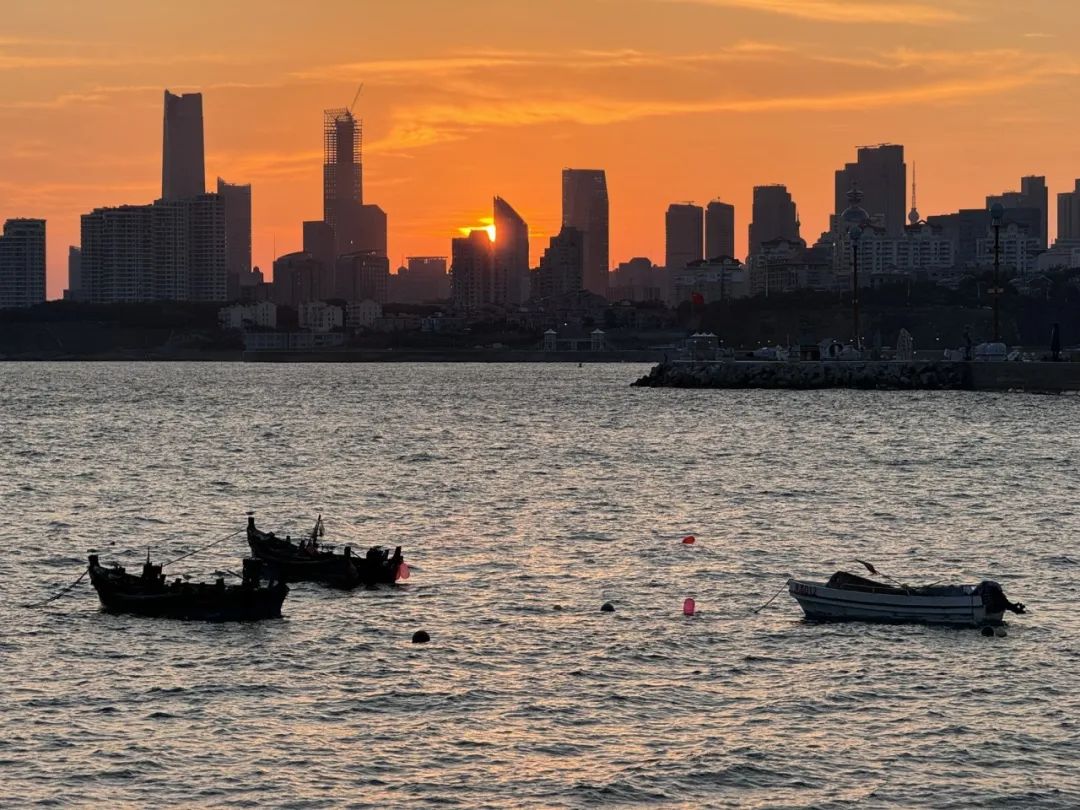
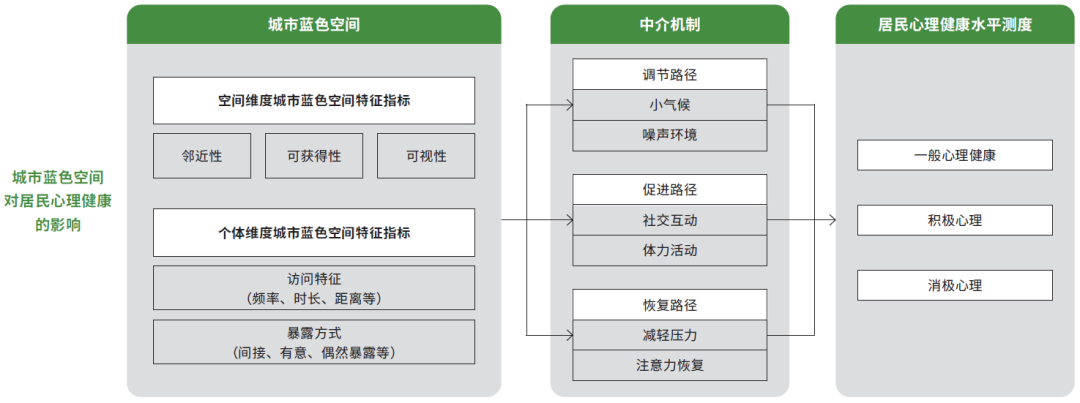
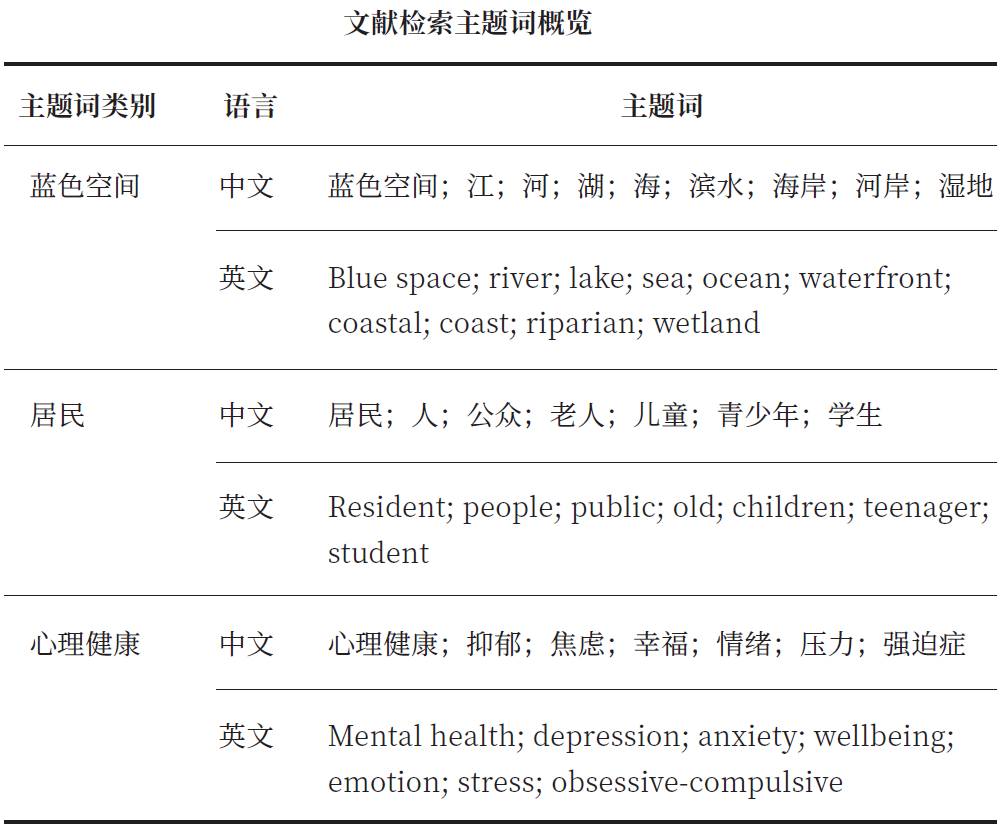
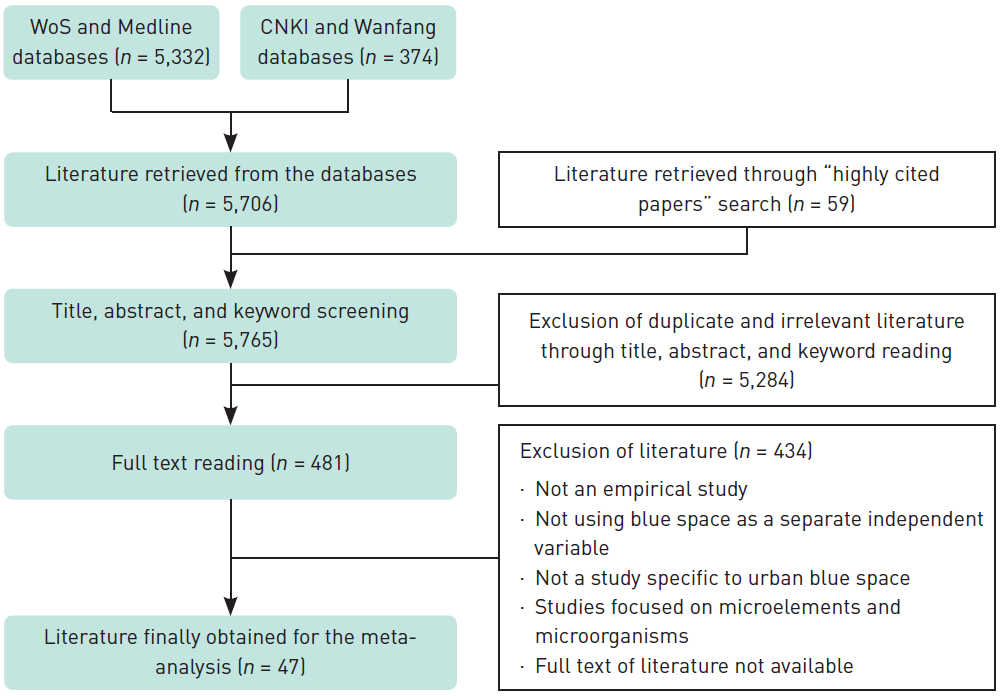
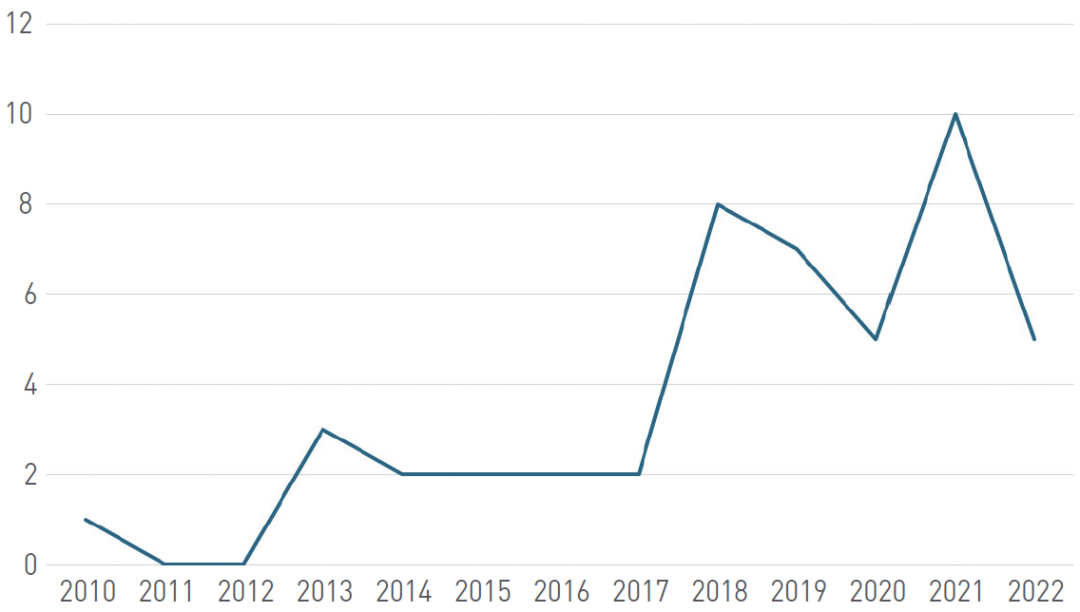
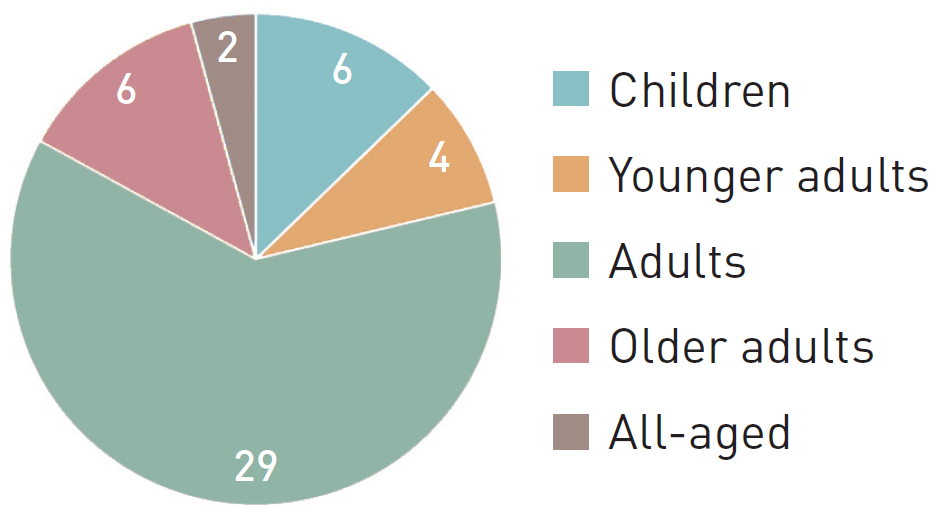
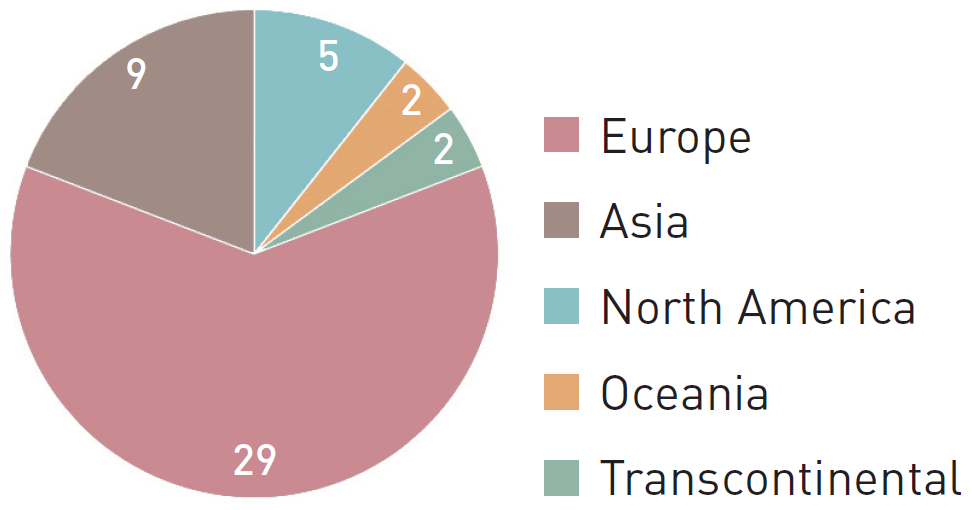
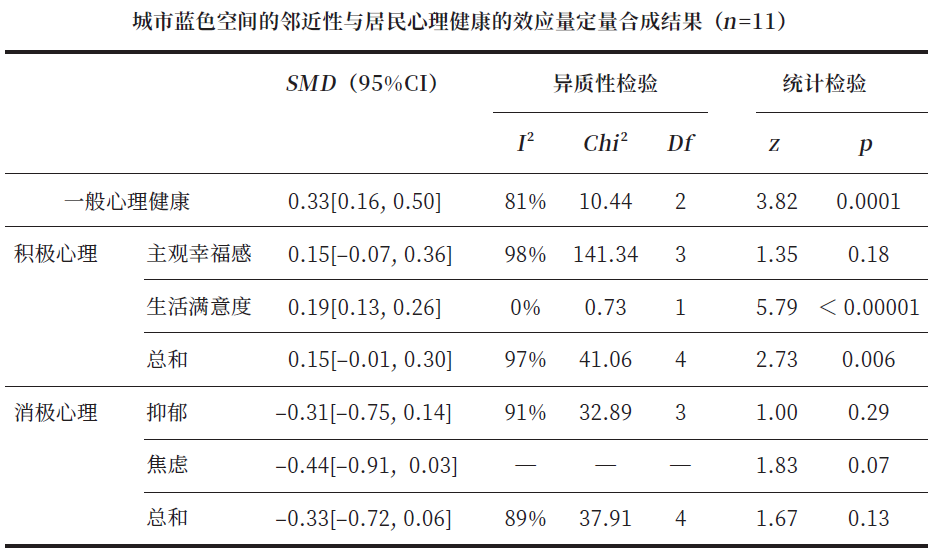
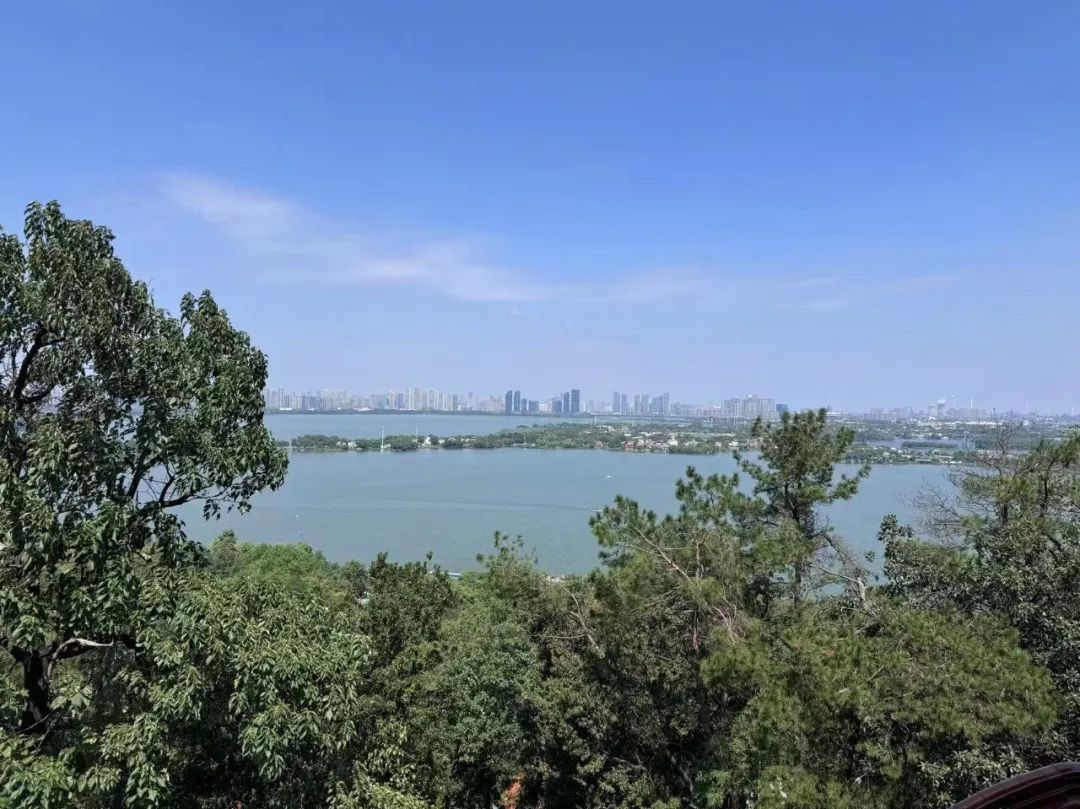
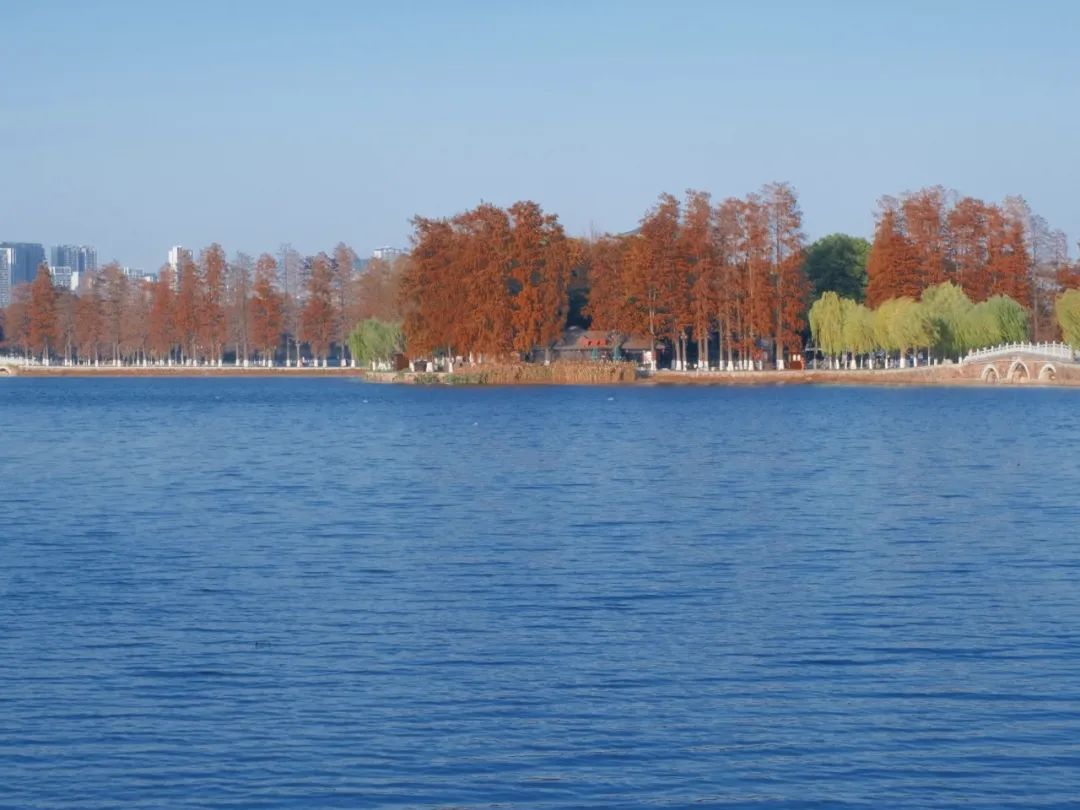
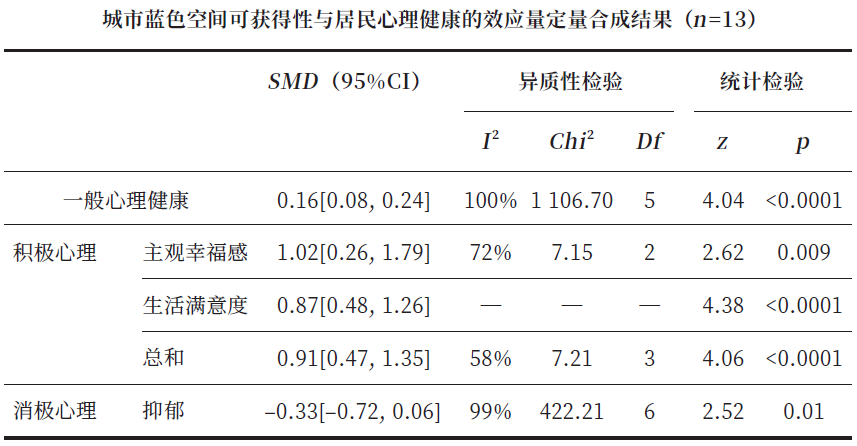
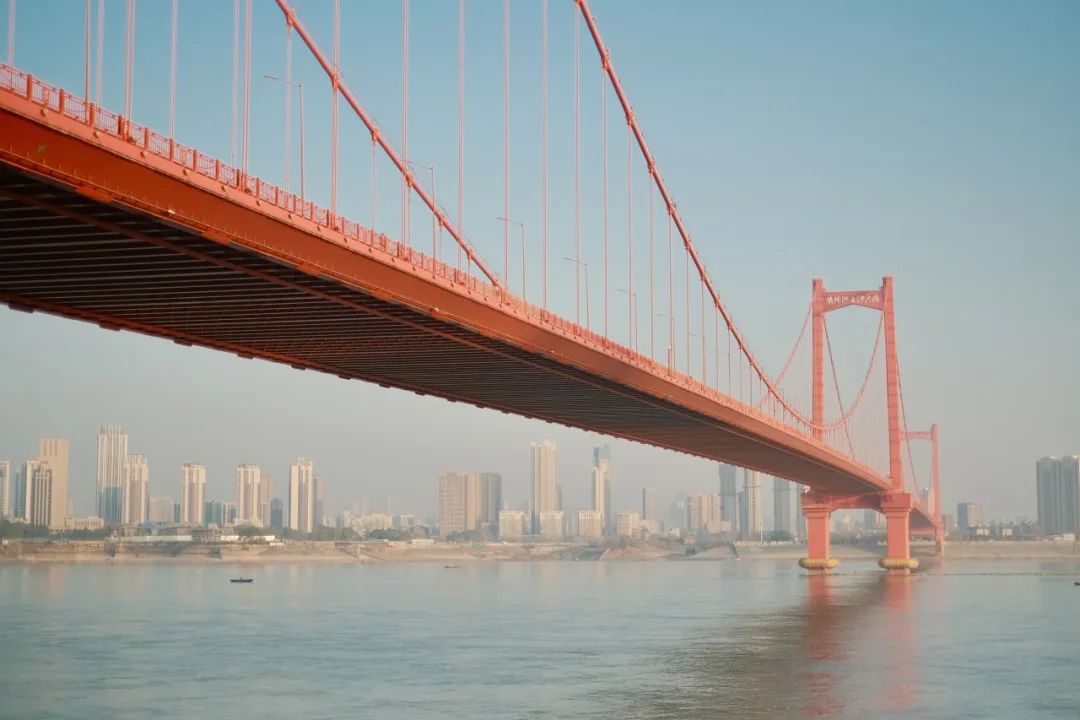
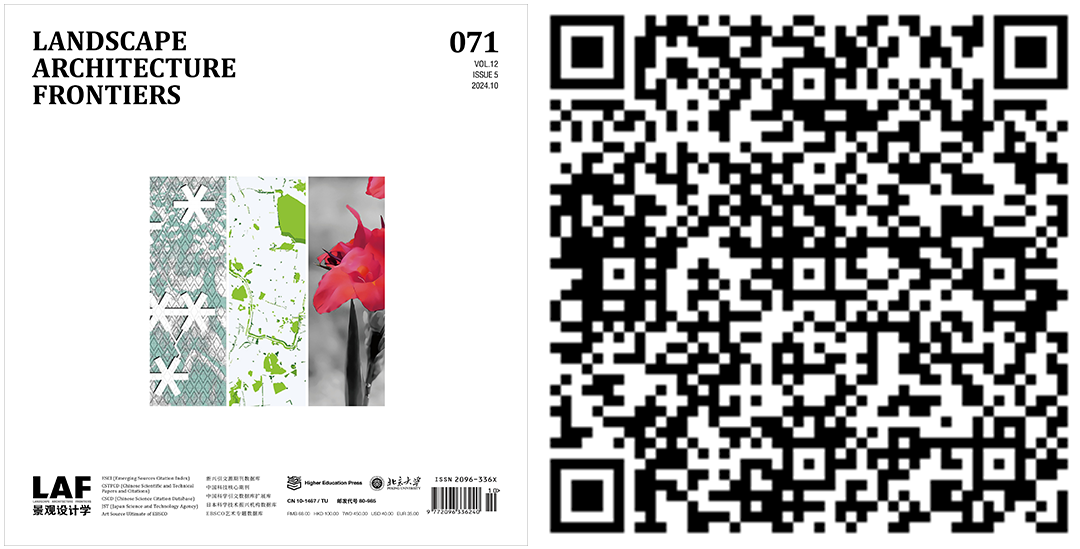
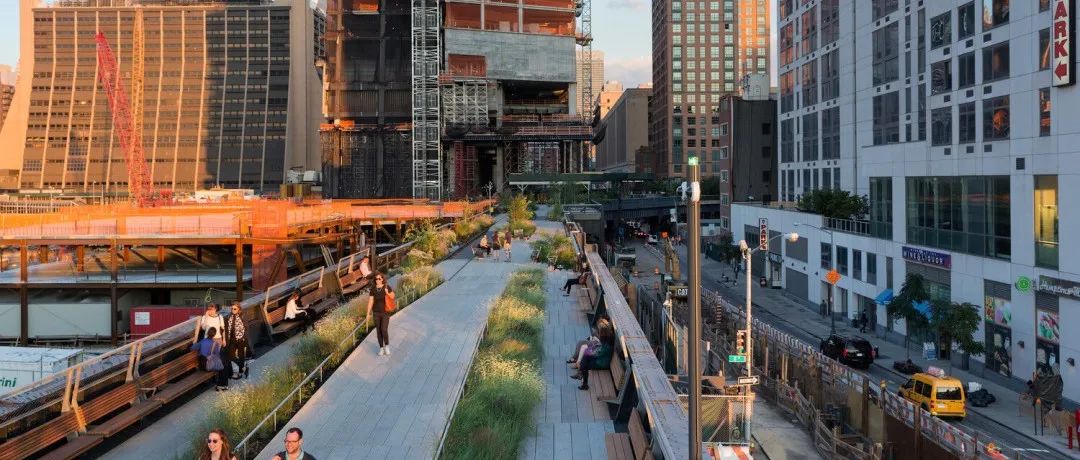

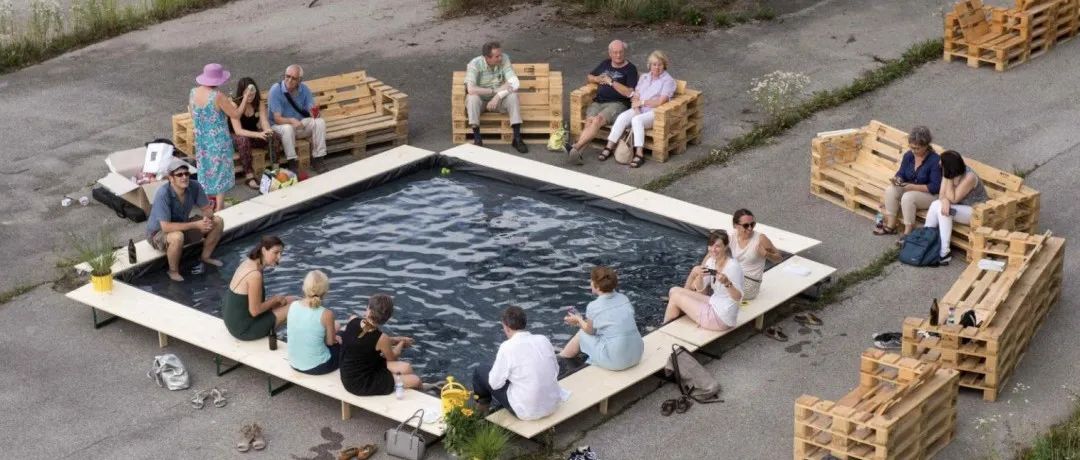
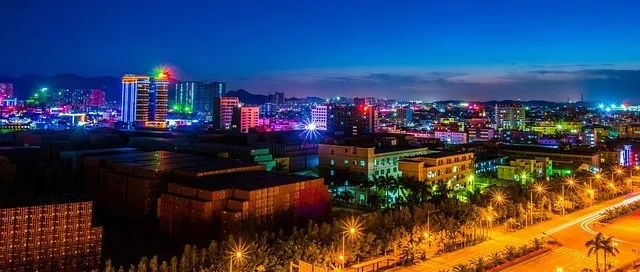
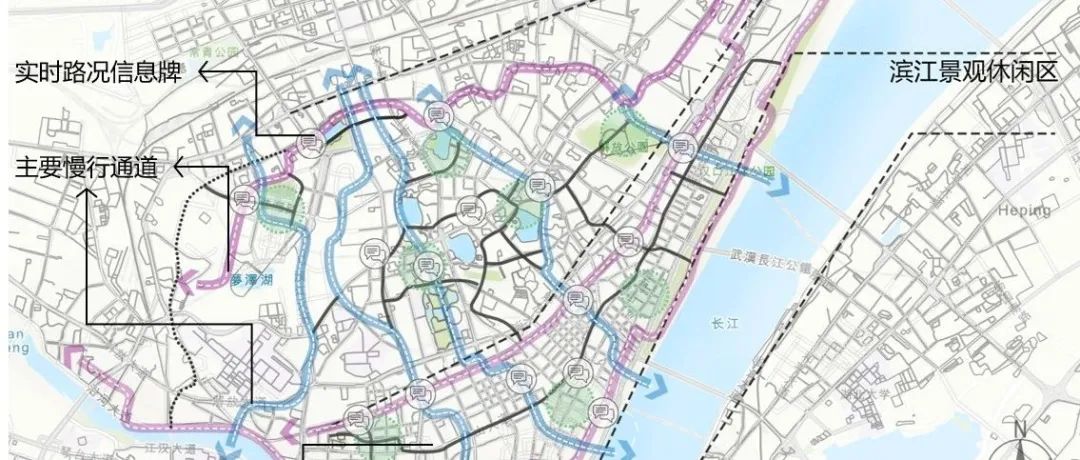

 规划问道
规划问道















